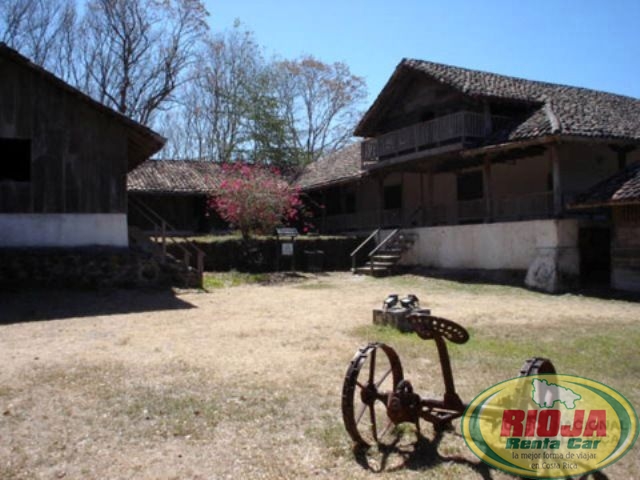
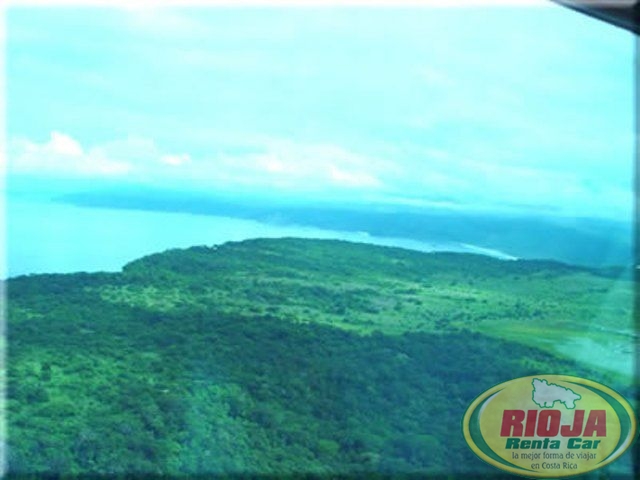
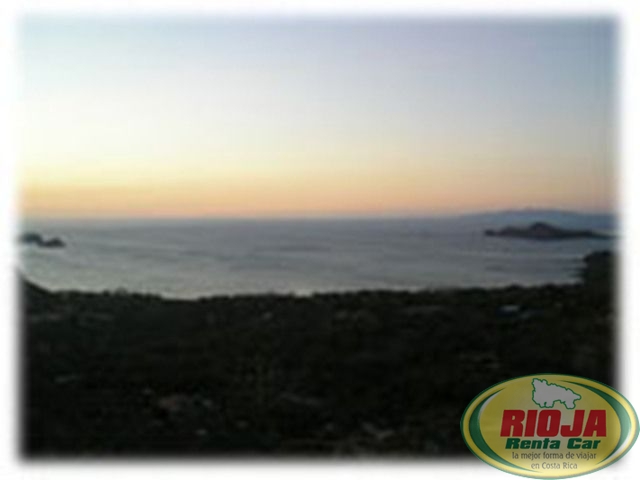
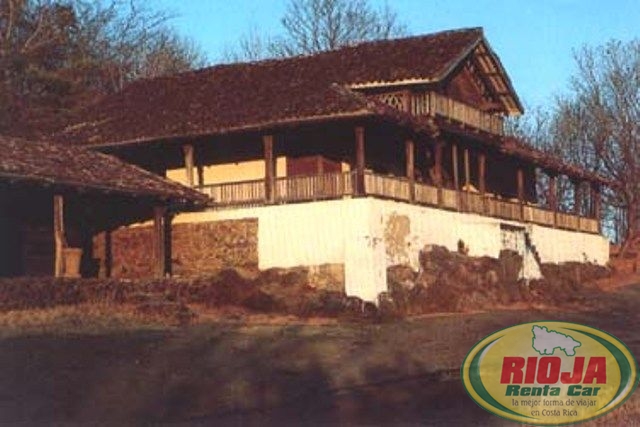
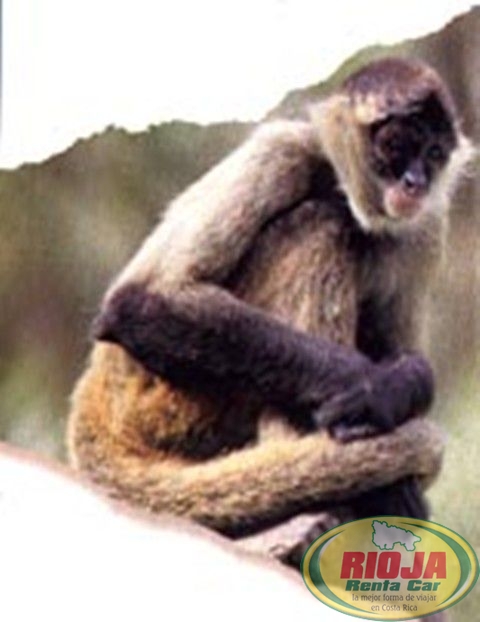
In the province of Guanacaste, North Pacific, just 36 kms north of the city of Liberia
Land Area: 38.656 hectares (92.774 acres)
Marine Area: 78.341 hectares (188.018 acres)
Established: 1/7/66
37,117 land and 78,000 hectares marine.
IMPORTANCE
It is one of the most important historical areas of the country, the house and the stone corrals were the scene of the largest national heroic epic: The Battle of Santa Rosa, March 20, 1856, where he fought against the entry of American filibusters from Nicaragua, too, has been the scene of other historical battles.
Santa Rosa preserves the most important example of dry forest protected in Central America. This forest is characterized by a marked difference between the rainy season and dry season, when he loses most of the foliage. In the area of predominantly red mangrove coasts as well as other species of mangrove vegetation in Costa Rica.
The park is important for the protection and restoration of habitats in the Pacific region known as Dry climate. Naranjo and Nancite beaches are beautiful and important scenic areas in the Pacific Mesoamerica for spawning of sea turtles and olive ridley and the leatherback. Their ecological characteristics, its access is restricted. Also, visitors can enjoy other beaches: Playa Blanca, Bay Saint Helena Bay and The Hachal located in the bat.
WEATHER
The average annual temperature is 28 ° C.
FLORA AND FAUNA
There are ten Santa Rosa habitats, including deciduous forests, oak forests, evergreen forests, mangrove swamps, coastal forest, stunted forest, beach vegetation and grassland or savanna. Savannas consist mainly of Jaragua grass and scattered trees such as oak encino, the nance, the chumico stick or raspaguacal, and the cornizuelo Jicaro. The deciduous forests contain about 240 species of trees and shrubs: the guanacaste, national tree, the naked Indian, oak savanna, the chaperno, El Jobo, the pochote, the arbutus and guácimo.
In the evergreen forest the dominant species are the loquat, the oak, and Tempisque Aceituno.
Wildlife is abundant and diverse. Have been observed 155 species of mammals, more than half are bats, 253 birds, 100 amphibians and reptiles, and more than 10,000 insects, including some 3140 species of butterflies and moths. The mammals are the most mono congo, monkey-faced, armadillo, deer, the tapir, the pizotes the Zaino, puma, jaguar and raccoons. Semiespinoso The mouse is the most abundant mammal of all.
Some of the most birds are magpie, the perico frentianaranjada, the red widow, the soterrey matraquero the cargahuesos the pavón, sparrowhawk and jumping colilargo Cangrejeros.
SERVICES
Drinking water, gazebo, camping area, latrine, general information, trails, biological station, conference hall, lodging for researchers.
SERVICES
Drinking water, gazebo, camping area, latrine, general information, trails, biological station, conference hall, lodging for researchers.

 English
English






